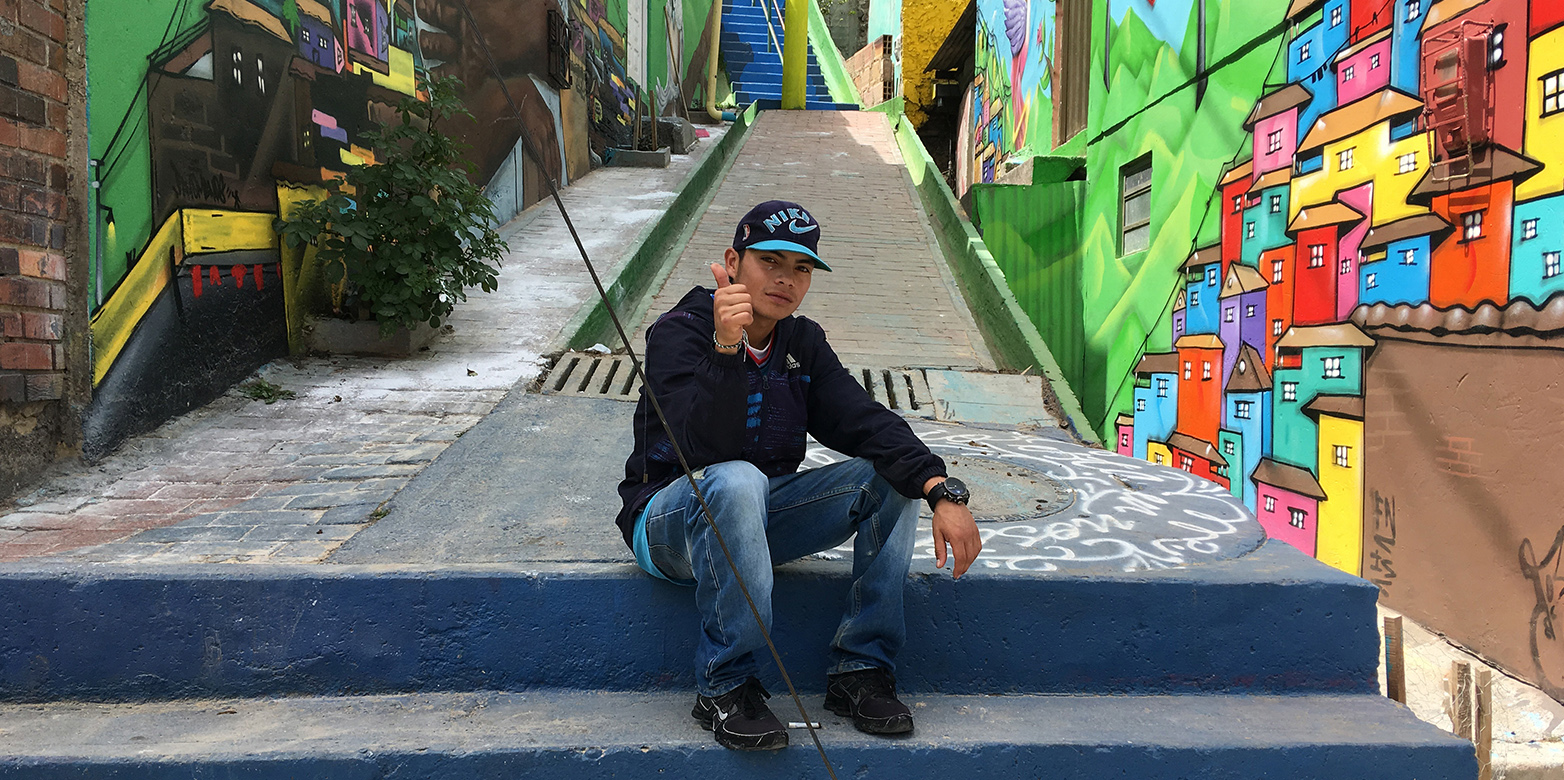Art-based urban upgrading initiatives in Bogota: Policy expectations vs. local impacts

It is widely assumed that popular visual art, such as murals, can potentially be a powerful driver for urban regeneration with important social, economic and environmental benefits. Based on these expectations, the Municipality of Bogota has recently launched Habitarte, a large-scale programme aimed at the upgrading of public spaces and home facades in informal settlements through colourful mural paintings. While the role of street art in urban regeneration has been studied and debated in a number of countries, in Colombia, so far, there is a paucity of research focusing on the wider societal impacts of this type of projects.
Based on these considerations, this research project addresses a number of interlinked research questions: how do participants in Bogota’s art-based urban regeneration programmes assert and perceive their impacts? To which extent did the programme alter informal settlements’ image and stigma? What are its impacts on the neighbourhoods’ quality of open spaces? What influence did the process and its outcomes have on social cohesion, safety and hence the quality of life in the neighbourhood? What are the programme’s micro-level economic impacts? Within the community, who benefits from these impacts? Who may be negatively affected?
This project aims at triggering a debate within academia and between academia, policy makers and community-based organisations about the role of art-based urban regeneration in overcoming low-income neighbourhoods’ socio-economic and spatial exclusion, while providing the municipality with a methodology to evaluate this programme and furthermore, contribute to evidence-based policy making.
2019